Static instrumental control of the shafts by the VTA method
The survey involves the execution of direct analysis and measurements using the latest generation of specialist equipment.
The measurements are carried out with the use of the electronic pulse hammer that allows the presence of altered wood due to the attack of caries fungi and other internal defects such as cavities or fractures to be detected, measuring the reduction of the rate of diffusion of the sound wave in the woody fabric.
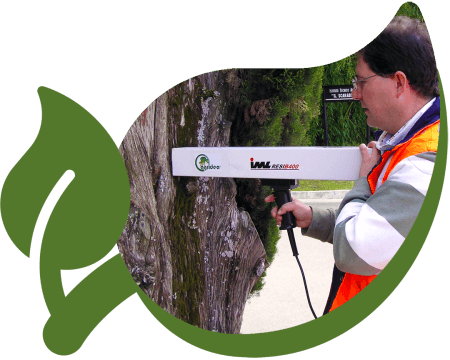
In the presence of internal anomalies, the dendro-densimeter Resi B400 is used, able to measure the density of the wood and then to identify the possible presence of cavities, caries, fractures of the woody tissue.
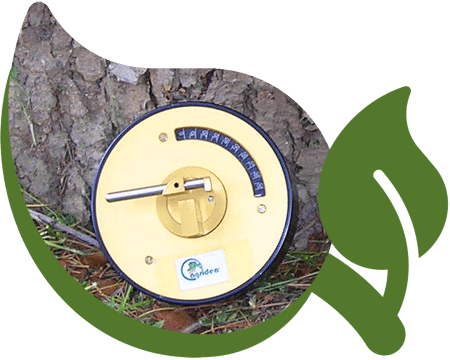
The residual resistance of the woody tissues of the tree is measured with the fractomer that measures the resistance of the wood to breakage and allows to determine the degree of resistance to the load of the entire shaft.
For monumental trees or based on customer requests, innovative and non-invasive tomography is performed with Arbotom 3-D.
The tomography of a section of the tree is nothing more than a three-dimensional map that represents the different speeds with which a sound pulse travels inside.
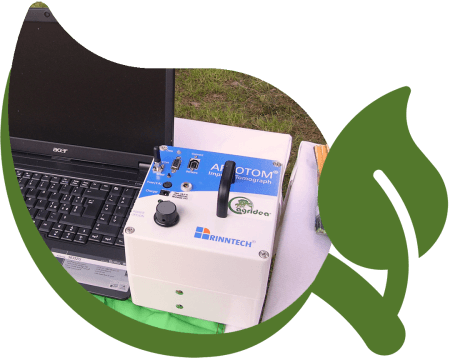
The speed of sound is not constant in the section of a trunk but varies according to many factors such as the presence of nodes, discontinuities, caries and other defects of the wood that can affect the stability. The tomographic map highlights: the presence, location and extent of any structural defects.
The VTA method also makes it possible to assess the danger of trees falling as a result of damage to the main roots due to various causes.
Damage assessment and recovery of excavated trees: Our commitment to their stability
Our service of inspections for excavations that have affected the root systems of the trees is an important measure to assess the damage caused to the trees following excavation work for new construction or breakage of underground plants. Our goal is to verify the mechanical stability of the shafts, through in-depth visual and instrumental analysis, and provide technical guidelines for the necessary maintenance.
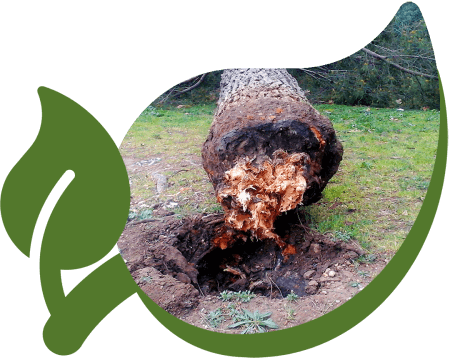
When excavations are carried out in the vicinity of trees, the root systems can suffer significant damage, compromising the stability and health of the trees themselves. Our experts, specialized in the field of arboriculture and technical expertise, take steps to carefully assess the impact of excavations on trees and determine the actions necessary to preserve their stability.
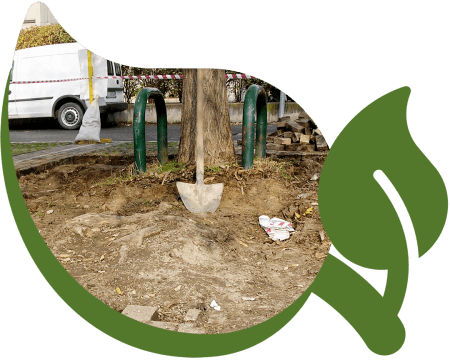
On-site inspections shall include a detailed visual assessment of the trees concerned, analysing signs of stress or obvious damage. In addition, we use specific diagnostic tools to assess tree health, such as mechanical strength meters and tools for detecting damaged roots.
The technical assessments are also carried out in the case of emergency interventions, when it is necessary to immediately assess the damage caused by excavations and establish the corrective measures to be taken. Our experience and expertise allow us to provide an accurate assessment and to advise the most appropriate corrective actions to restore the stability of damaged trees.
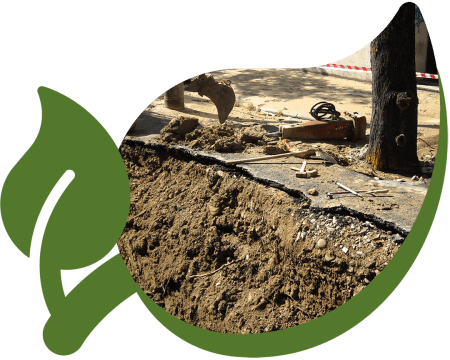
Once the assessment is complete, we provide detailed technical guidelines for the necessary maintenance. These indications include recommendations for pruning, structural reinforcement, the administration of specific treatments or other actions aimed at promoting tree health and stability.
Our priority is the conservation of trees and the safety of the surrounding environment. Thanks to our in-depth inspections and professional technical expertise, we guarantee a careful assessment of the damage suffered by trees and specialized support for their recovery.
